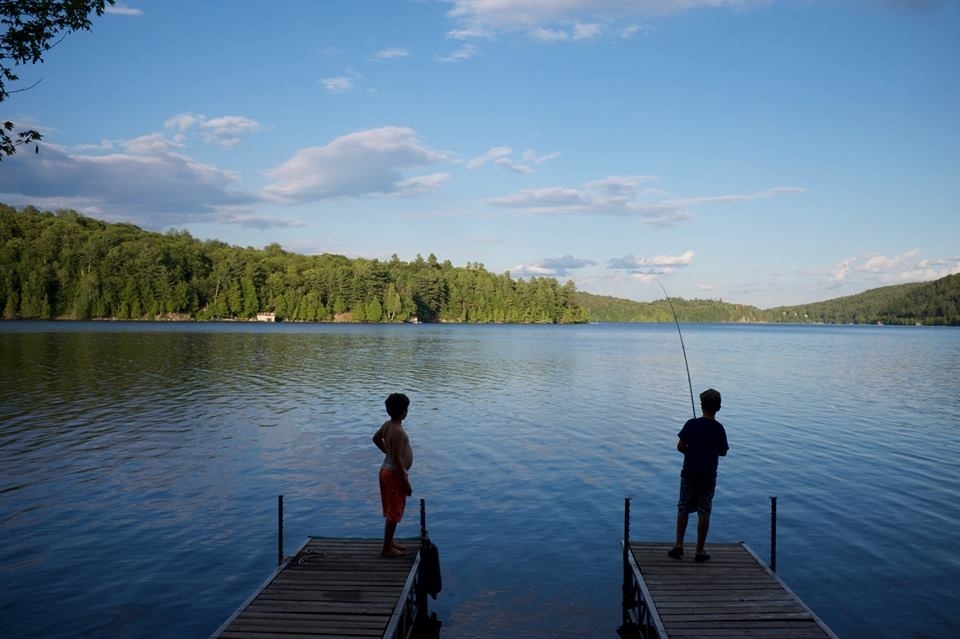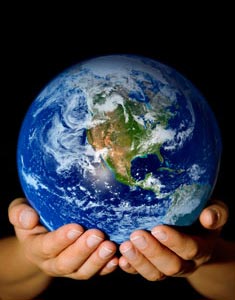
My writings - and those of others.
Learning
When we encounter something we see is wrong, we automatically want to fix it - which hardly ever works. Right now we are dealing with the pre-eminent failures of our country and the wider world to address the two issues of our day - systematic racism and climate emergency. How we got here requires much study and reflection - but also the worldview we have inherited that put us where we are. I am working hard to understand the latter but for today I’ll look at what struck me most profoundly I didn’t know about the Indian Act from Bob Joseph’s excellent short book. It’s almost all of it. I was pleased to see an interview with him in the Globe and Mail this morning.
For a more global view of systemic racism the UN statement here is a good place to start.
These are the things among Joseph’s 21 that are most damaging
First nations had systems of government based on heredity that worked for them. We imposed an elected system that did not meet their needs and competed with their own. The traditional leadership often continued with different responsibilities allocated to the two systems, creating the same kind of disputes and confusion that we already live with between federal and provincial areas of jurisdiction.
Women had no status from 1869 to 1985. If a woman married a non status person, she lost her own status and had to leave the reserve. If a male married a person without status, that person was granted status on the reserve. Since women played a significant role in traditional leadership - and often succession was from a matrilinial line, this was a further outrage.
People were placed on reserves from 1876 until today. This meant that people were moved from the land they used with care and viability to places where they more often than not had little ability to flourish. Even then the government reserved the right to take reserve land away for public works.
They took away their names and gave them European ones. As the last of my branch of a family that can list its ancestors back several centuries, I can only imagine the effect of this.
They needed a permit to sell produce from farms - because their produce would compete with that those on the lands that were taken from them.
They could not buy guns, alcohol or go to pool halls.
Worship ceremonies were illegal. (They had to go underground - and they did.)
They couldn’t even leave the reserve without the permission of an Indian Agent.
That is enough outrage for one day. We will have to continue with more of it - and reckon with what is still in force.
Taking the Heat
On this Canada Day there are two images of life here:
People in Litton, British Columbia, trying to cope with the highest temperature ever recorded in the country and one the hottest places in the world - 49.6 degrees Centigrade and 121 degrees Fahrenheit. Why is this happening in a mountainous region where on a previous visit, I saw snow in the middle of summer on the heights of some of the nearby mountains?
Because - as Scientist Eric Holthaus writes in The Guardian,
“Climate change is not just warming the surface of the planet, it’s warming Earth’s entire troposphere – the lowest layer of the atmosphere where all our weather occurs. That’s particularly true in mountainous areas, where temperatures are rising even faster than elsewhere. When snow and ice recedes or even disappears from mountains, the bare soil beneath can warm unimpeded. A 2015 study found that mountainous areas above 2,000 meters (6,500ft) are warming about 75% faster than places at lower elevations.”
And the other image:
Churches are burning. It’s no accident that they are Roman Catholic Churches near First Nations Reserves. Another story this morning reveals even more unmarked graves of residential schools. The searches are only beginning and the lack of response of one of the perpetrator churches is mounting. It is an answer but not the best one. Mourning will not give way to dancing while The Indian Act is still in place. It prohibited not only dancing but any recognition that the sacred practice of anyone outside the settlers’ cultures was suspect. The result was cultural genocide.
I spent yesterday reading “21 Things you Didn’t know about the Indian Act”. You can watch this video (you can move ahead from the introduction a bit),
This one from TVO is also good - and shorter.
A shameful history
All countries like to celebrate their achievements. So do people on social media these days, who seem to assume that their meals, children’s graduations, hair styles and the like merit interest and praise from the rest of us. I am surprised that some people I know do this so often. We’re much less apt to cite our failures - as individuals or as nations. That would reveal how vulnerable we really are behind these facades of achievement.
But is time to come to terms with reality. As Canadians we thought that people who had been here fourteen thousand years earlier needed to be taught how to live, how to dress, what language to speak and how to worship their creator. We took young children from their parents and placed them in residential schools where we abused them physically and sexually, transmitted our diseases. starved them and buried them in unmarked graves. We left a legacy to the generations that followed them. many who are still among us.
In answer to all the “Buts” and “What Abouts” of Canadian history, the best response is to pause and look at the current realities - as both individuals and institutions where we have connections. What have we to learn from a suffering people? What do they have to teach us now?
The recommendation of the Truth and Reconciliation Commission are here. It’s time for temperature taking and further action. Suffering takes time to heal. But denying the changes that need to happen doesn’t even allow healing to start. Not all actions are our personal responsibility - but both as individuals and institutions, some clearly are.
Honoring the Four Directions
On this National Indigenous Peoples Day in Canada, there is no better way to spend it than to watch this video:
It is especially worth seeing while remembering Ginny Doctor, the Executive Producer who also appears in the film. She died recently. May she rest in peace. To know and understand the Doctrine of Discovery and its impact on all our lives is necessary and she could not have left us a better legacy for reflection and action.
A prayer for people of all faiths - or no faith:
Come Great Spirit, as we gather in your name.
We face East:
To your symbol colour Red, the hue of revelation;
To your animal symbol the Eagle, strong and nurturing;
To your lessons calling us to the balance of your Spirit in Harmony with brothers and sisters;
To invoke your wisdom and grace, the goodness of the ages, We pray: COME HOLY SPIRIT, COME.
We turn to face South:
To your symbol colour Gold for the morning star.
To your symbol Brother Sun that enlightens our intellect and brings light on our path to live responsibly;
To your lessons calling us to balance of Mind in the Spirit of humility;
To invoke your spirit of illumination and far sighted vision;
Help us to love you and one another with our whole heart, our whole mind, and our whole soul, We pray: COME HOLY SPIRIT, COME.
We turn to face West:
To your symbol colour Black, still and quiet.
To your animal symbol the Thunderbird;
To your symbol the Thunder mighty and purposeful;
To your lessons calling us to balance our emotions in the spirit of Gentleness and Honesty;
To invoke your spirit of introspection, seeing within; Give us your strength and the courage to endure, We pray: COME HOLY SPIRIT, COME.
We turn to face North:
To your symbol colour white of clarity and brightness.
To your animal symbol the swan which brings us in touch with Mother Earth and growing things;
To your lessons calling us to balance of our Body in the spirit of a good sense of humor;
To invoke your spirit of innocence, trust and love; Help us to open our eyes to the sacredness of every living thing, We pray: COME HOLY SPIRIT, COME.
(Note: There are several interpretations of the colours of the medicine wheel. A Cree adaptation is used here.)
Soil and its importance
A few years ago our balcony railing structures were replaced. This meant that balcony contents had to be removed, including planters that I had brought full of soil from a previous residence. Several bags of soil went into the garbage. because the containers had to be empty to carry to a storage locker. This year, when I tried to replace potting soil, I had to go to several places before I could find the right size bags to carry. Home gardens have become increasingly important as we move beyond the pandemic.
We hear a lot about air pollution and water pollution. I didn’t think seriously about soil pollution and soil loss until I read a couple of recent articles. Organic gardening is a term we have heard about - but regenerative agriculture is less familiar.
As someone who grew up in Western Ontario, my family took Sunday drives into some of the most beautiful family farm lands in Canada. As a pre-teen I even got to visit and work on a farm and drive a tractor in a field. We’re all too aware of industrial farming and the dangers of pesticides - but agriculture as a source of CO2 isn’t something we reckon with. Some are starting to do so, by recognizing that agriculture contributes 25%. The Intergovernmental Panel on Climate Change says: “Leveraging the mitigation potential in the Agriculture, Forestry and Other Land Use sector is extremely important in meeting emission reduction targets.”
Rodale Institute says. We have proven that organic agriculture and, specifically, regenerative organic agriculture can sequester carbon from the atmosphere and reverse climate change.
There are several ways this can happen:
Decrease or eliminate plowing and tilling. These compact the soil and release too much CO2
Plant diverse crops, as opposed to huge single crop plantings
Rotate and cover crops. Protect and cover crops rather than letting them leech nutrients.
Kiss the Ground, a restorative agriculture not-for profit says: “If regenerative means: ‘renewal, restoration, and growth of cells, organisms, and ecosystems,’ or ‘renewal or restoration of a body, bodily part, or biological system (as in a forest) after injury or as a normal process,’ then regenerative agriculture is agriculture that is doing just that.”
We are not here to exploit the soil. We are here to learn that health of the soil is essential to our own health - and the health of the planet.







